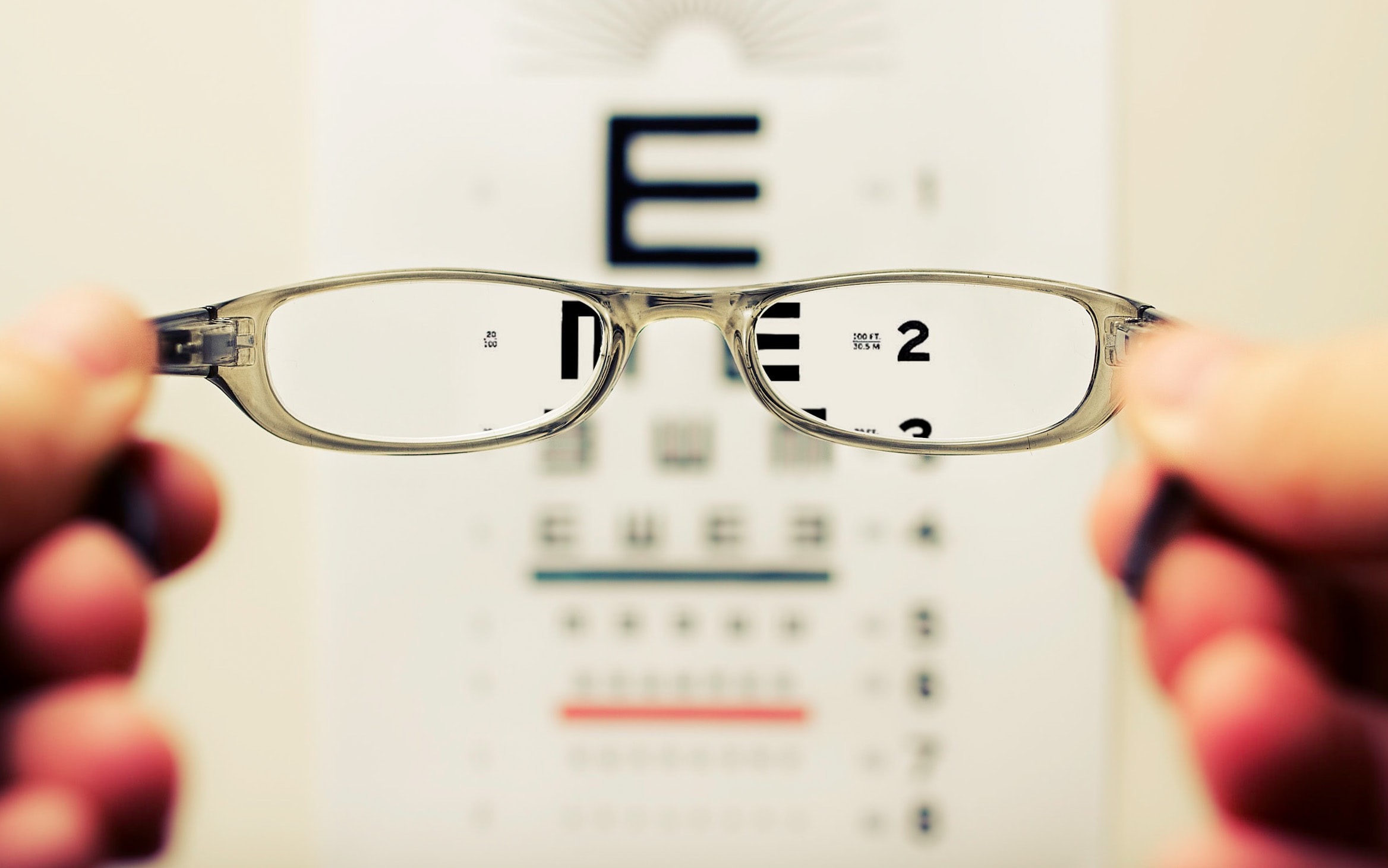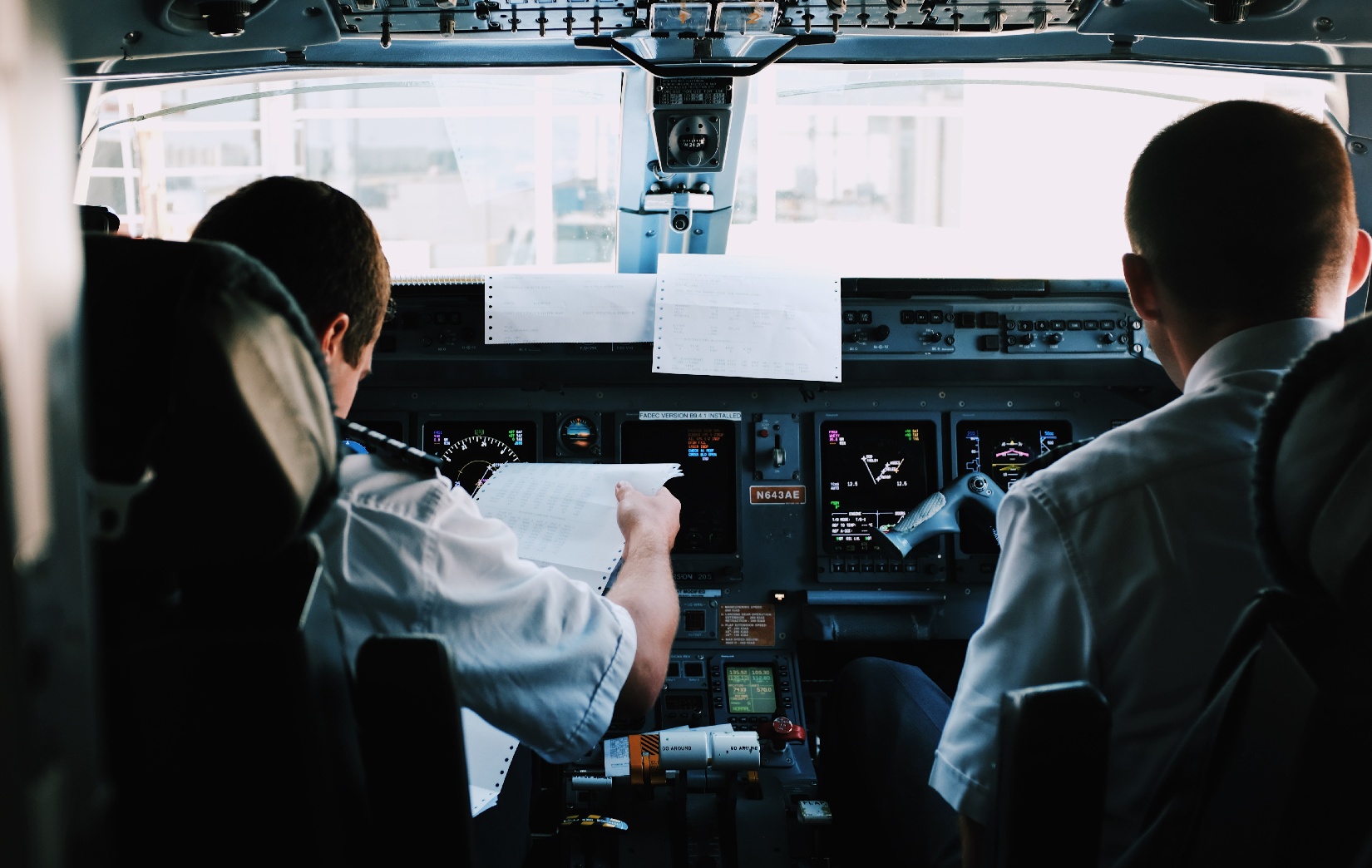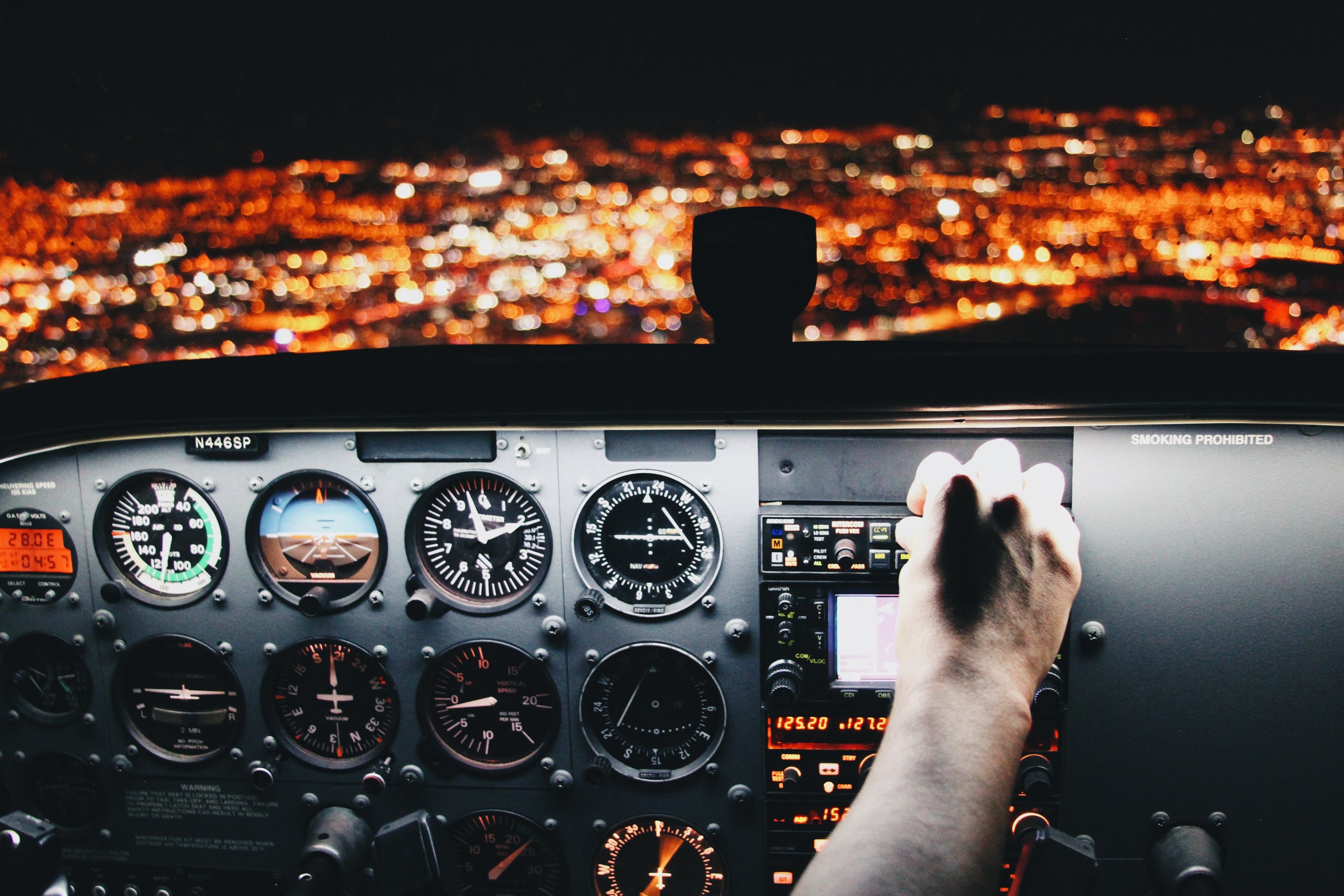How to Get Your Student Pilot Certificate
When you meet your instructor for the first time at your flight school, one of your initial objectives should be to get your student pilot certificate into the FAA’s Integrated Airman Certification and Rating Application system (better known as IACRA). Since you’ll need this certificate to fly solo, following the steps laid out by the FAA is crucial to getting your flight training adventure started down the right path.
Student Pilot Certificate eligibility
For the FAA to issue a student pilot certificate, you must meet a few criteria:
- You must be at least 16 years old (or 14 years old if you plan to pilot a glider or balloon)
- You must be able to read, speak, and understand English
Setting up your account in IACRA
Unless you'd prefer to complete a physical copy of the FAA form 8710-1, you'll first need to set up an account on the IACRA website to get started on your student pilot certificate. I recommend the latter to reduce the time and effort it takes to get your certificate.
To set up your account in IACRA, you will need to enter your first name, last name, username, password, and answers to the site’s security questions. Once you’ve created your account, you’ll be able to log in to the IACRA system and fill out your application.
After accepting the terms of service as an applicant, you’ll be redirected to a page with all your previous or outstanding applications (which should be empty). In the top left corner of the screen, you’ll see a box titled “User Information.” In that box, you’ll find your FAA Tracking Number (otherwise known as FTN). It should start with either an “A” or “C.” Be sure to write that number down somewhere that is easily accessible, such as the inside cover of your logbook. You’ll need to know it for written tests and check rides.
Filling out the application for your Student Pilot Certificate
To get started on your application, select “Pilot” in the Application Type menu, and then select “Student” in the Certification menu. Next, click “Start Application,” and you’ll be asked to enter more information about yourself. Be sure that the name you provide matches your driver’s license and medical certificate (if you already have it). Slight misspellings or discrepancies can cause delays in your flight training, especially for check rides, so it’s best to ensure that all your information is identical.
After double and triple-checking your personal information, you’ll be asked if you speak, read, write, and understand the English language (which, again, is required to receive your certificate). Next, you’ll be asked if you’ve ever held an FAA certificate. In most cases, the answer to this will be no. If you have held a certificate in the past, you’ll be asked to enter your certificate number and level of certificate.
If you’ve already had a chance to obtain your medical certificate, you’ll be asked to provide information from it. Just as you did for your own information, be sure that you enter the name of the Aviation Medical Examiner (AME) exactly as it appears on your certificate. Typically, there is a space added both before and after the comma between the doctor’s given name and his/her credentials, a minor detail that can cause major headaches if you input it incorrectly. Before moving on to the next section, you’ll be asked if you have any state or federal convictions relating to narcotics, drugs, marijuana, etc.
If you are a new pilot, then you do not need to provide any information in the “Basis of Issuance” or “Pilot Time” sections. However, if you have some time in an airplane or flight simulator, then you should take the time to categorize it correcly—similar to how you would in your logbook—and key it into the system.
Related Contet: How to Log Your ATD Flight Time on the FAA IACRA 8710-1 Form
Lastly, you’ll be asked to state whether you’ve received a notice of disapproval for this particular certificate, view the privacy act, and review your application one last time (which I suggest that you do carefully). If everything looks correct, hit submit.
After you fill out your personal information
You’ll need your flight instructor to log in to his/her account in IACRA and use your FTN number to look up your application as the instructor recommending. Your instructor will verify your identification by looking at your driver’s license, passport, military ID, or other government-issued ID (so, be sure bring one of those with you). He/she will then have a conversation with you to determine that your English is at the level that is needed for operating an aircraft.
If your flight instructor gives his/her approval, then you can log in to your account to finalize the application. You will need to sign the Pilot’s Bill of Rights, and both you and your instructor will need to sign your application. After that, your application is complete, and your instructor will process it and submit the required documents to the Airmen Certification Branch. You should ask your instructor to print copies of your signed documents before you move on to the fun parts of flight training.
As you go through the application process for your student pilot certificate, there's always the slight possibility that you run into a bump in the road. Most times, issues can be sorted out at your local Flight Standards District Office (FSDO). Otherwise, you may need to contact the FAA offices in Oklahoma City. However, for the most part, getting your student pilot certificate should be a simple and straightforward process.
A few weeks after submitting your signed application, you will receive your plastic student pilot certificate at the mailing address you provided on the application. It usually takes around three weeks, often less if you utilize the IACRA system.
Your student pilot certificate will become one of the documents you’ll need to keep with you whenever you are flying. The temporary certificate expires in 120 days, but the plastic certificate does not expire. Yet, before you know it, you’ll be turning that student pilot certificate in for a private pilot certificate to continue pursuing your aviation dreams!
Share this
You May Also Like
These Related Articles

A Step-by-Step Guide to Your Student Pilot Medical Certificate

How to Use Your GI Bill for Flight School
